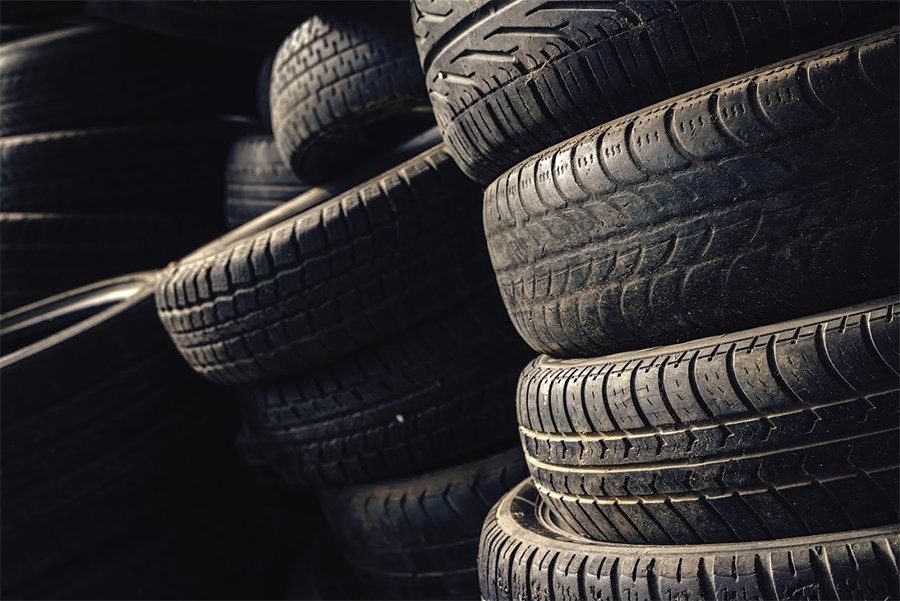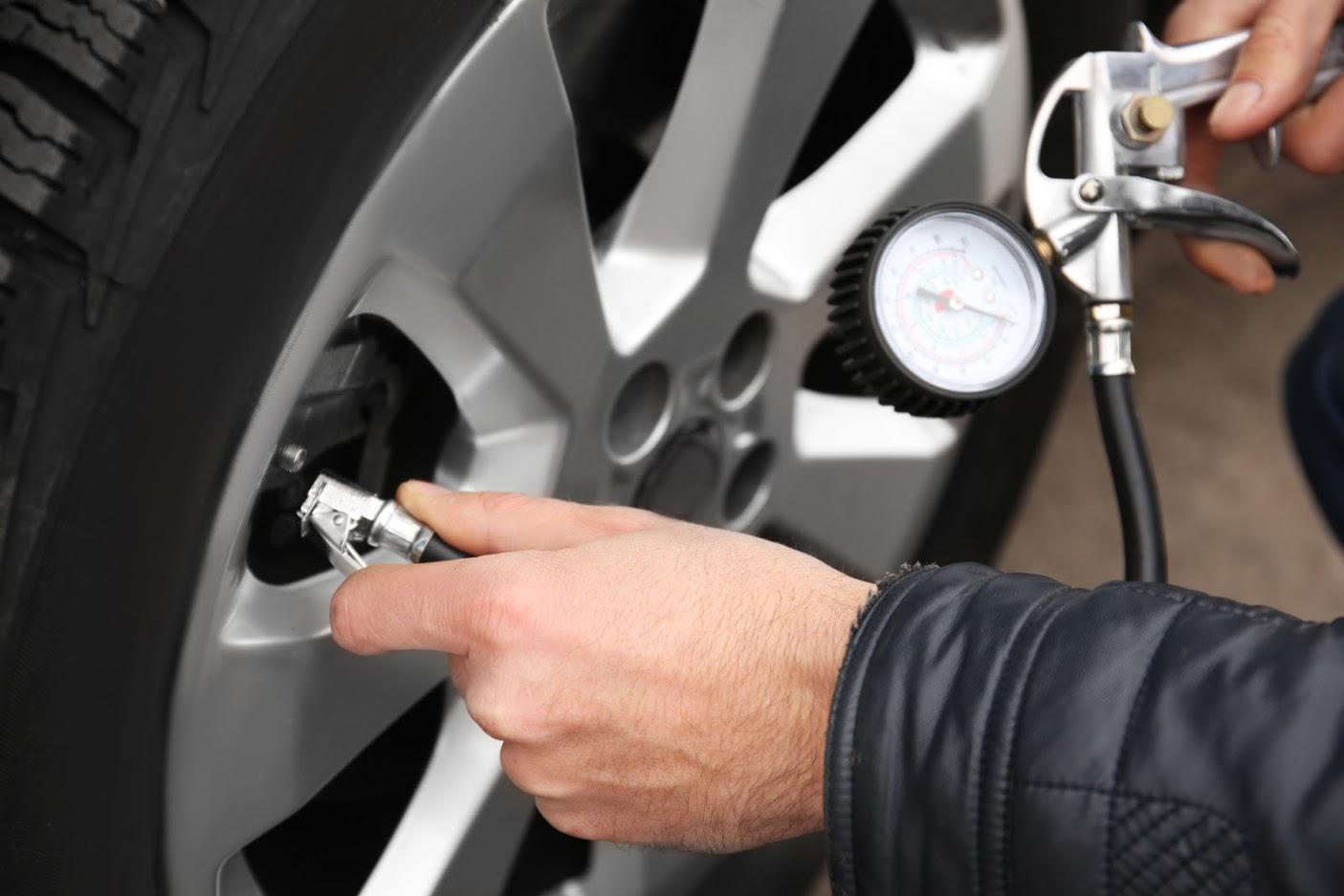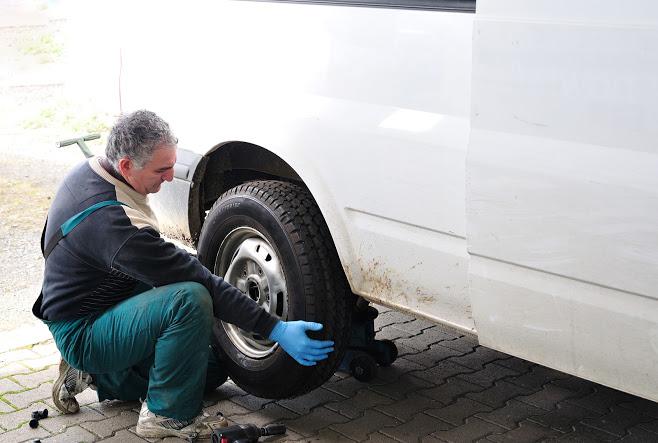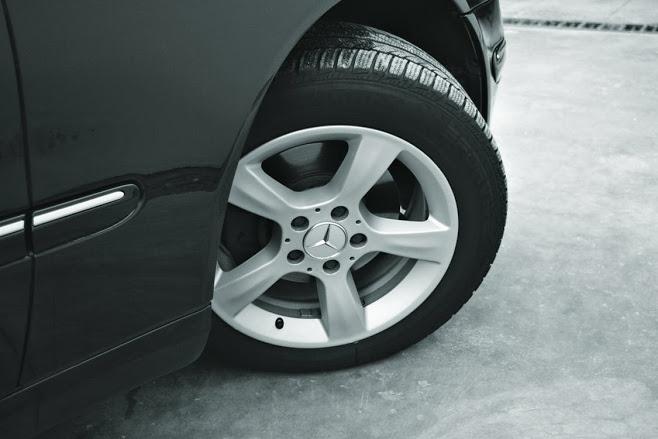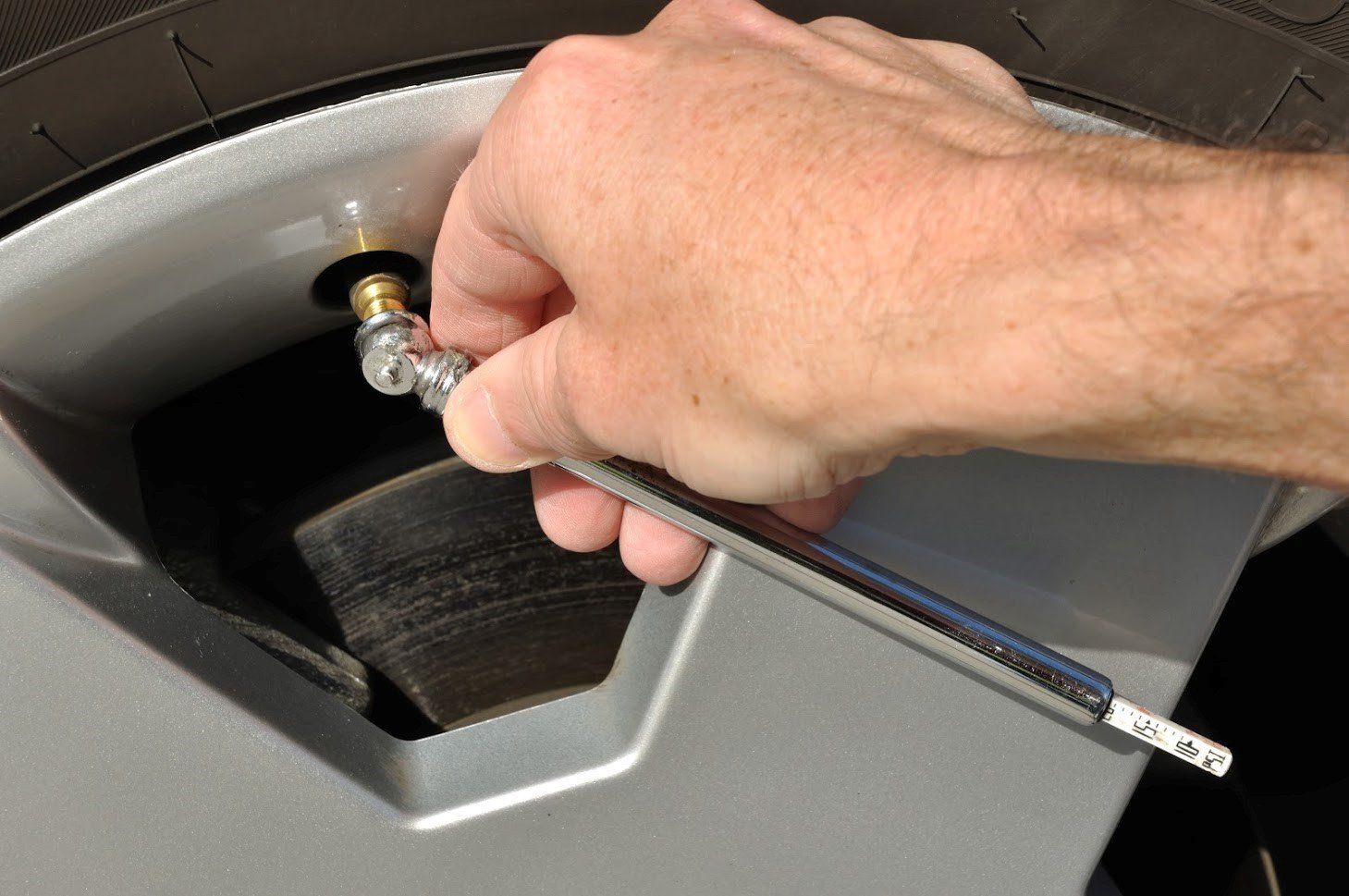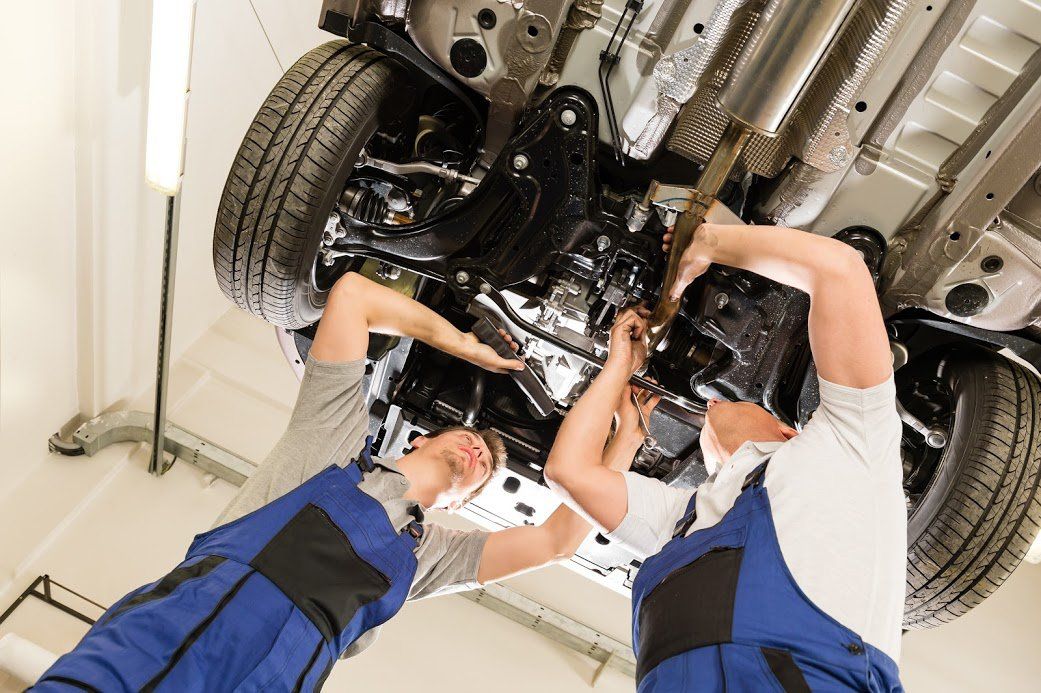Signs Your Tires Are in Distress | Radial Tire Service
- By Admin
- •
- 30 Apr, 2019
- •
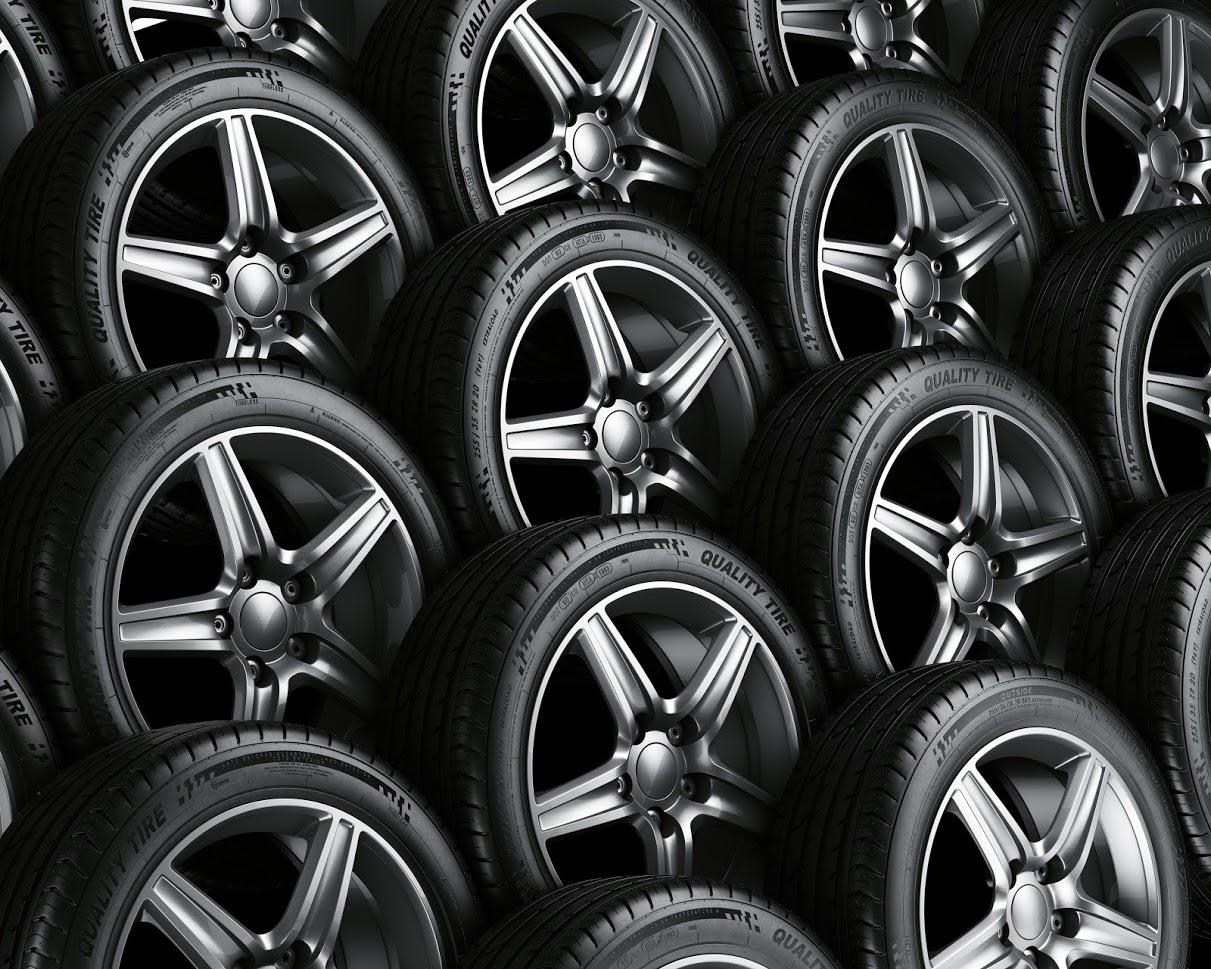
From commuting to work or school and running errands around town, your tires are important parts of your automobile. Because of their importance and function, the tires can experience a great deal of wear and tear over time. Unfortunately, your vehicle's tires don’t last forever.
Age can be an important factor when determining if you need to replace your tires. On average, tire tread will last between 3 and 4 years if you drive 12,000 to 15,000 per year. However, everyone drives their automobile differently, meaning you may drive more miles per year than another driver with the same type of tires.
Other than age, here are a few other signs that can tell you if and when you need new tires.
1. Insufficient Tread
Only a small portion of the actual tire makes contact with the road when driving, so you will want this portion to be strong and durable at all times. Of course, this portion does wear down, decreasing the overall tire tread and reducing your vehicle's ability to stay safe on the road.
Many people can see visible tread wear, but some wear may not be as noticeable. Therefore, regularly inspecting your tread is imperative.
Although perhaps surprising to learn, a coin can be a great option for measuring your tire tread.
In the past, the penny test was recommended for checking tread. Insert the penny with Lincoln's head facing down in between a few areas of tread. If you see all of Lincoln's head, your tires do not have a sufficient amount of tread.
Today, more experts recommend a quarter to test the tire tread. Stick the quarter, head facing down, into a few areas of your tread. Some of Washington's head will be covered, but if his entire head still shows, you probably need new tires. The quarter test is likely your best option for ensuring your tire tread is safe.
2. Uneven Tread Wear
The tread wear patterns will vary according to a few factors including the type of tire, vehicle, and your overall driving pattern and conditions. If the tread wears down unevenly across the tire, you not only need new tires, but you may also have another underlying issue to address with your vehicle.
If your vehicle is out of alignment, your tire tread will wear down faster. A misalignment will most likely cause the inner or outer edges of the tire tread to wear down excessively.
If the tread in the center of your tire has worn out more than the inner or outer edges, your tire is probably overinflated. Underinflated tires often show more tread wear on the outer edges than the center.
Finally, if you notice cupping, which is where tread wears down in spots diagonally across the tire, your vehicle likely has a suspension issue.
3. Excess Vibration
You will experience some vibration and movement when you drive your automobile. Unfortunately, a heavier amount of vibration could mean you have an issue with your vehicle.
For example, if your vehicle vibrates heavily when applying the brakes, you may need new brake pads and rotors. On the other hand, if you notice excess vibration when in motion, you may need new tires.
Tires that are worn, underinflated, overinflated, or unbalanced will often cause your vehicle to vibrate when going between 20 to 40 MPH and then again at 60 to 70 MPH.
The vibration may seem like just a nuisance, but the vibration will wear down the tread even further. In addition, without addressing the issue, driving on problematic tires can lead to a dangerous accident, especially in wet, slippery conditions.
If you notice one or more of the above signs, contact Radial Tire Service for maintenance or a tire replacement.






Browse our website
Contact Information
Sacramento, CA 95825
michtire@hotmail.com
(916) 481-7007
| Sun | Closed |
| Mon-Fri | 7:30 AM - 5:00 PM |
| Sat | 7:30 AM - 12:00 PM |
Our Location
Contact Information
Sacramento, CA 95825
michtire@hotmail.com
(916) 481-7007
| Sun | Closed |
| Mon-Fri | 7:30 AM - 5:30 PM |
| Sat | 7:30 AM - 1:00 PM |


